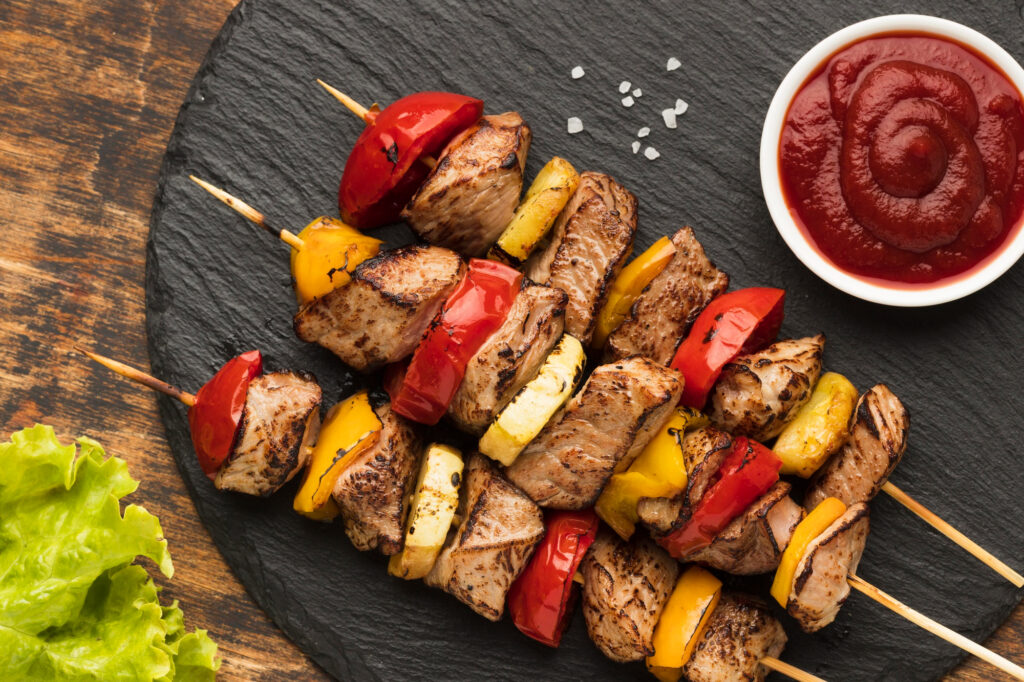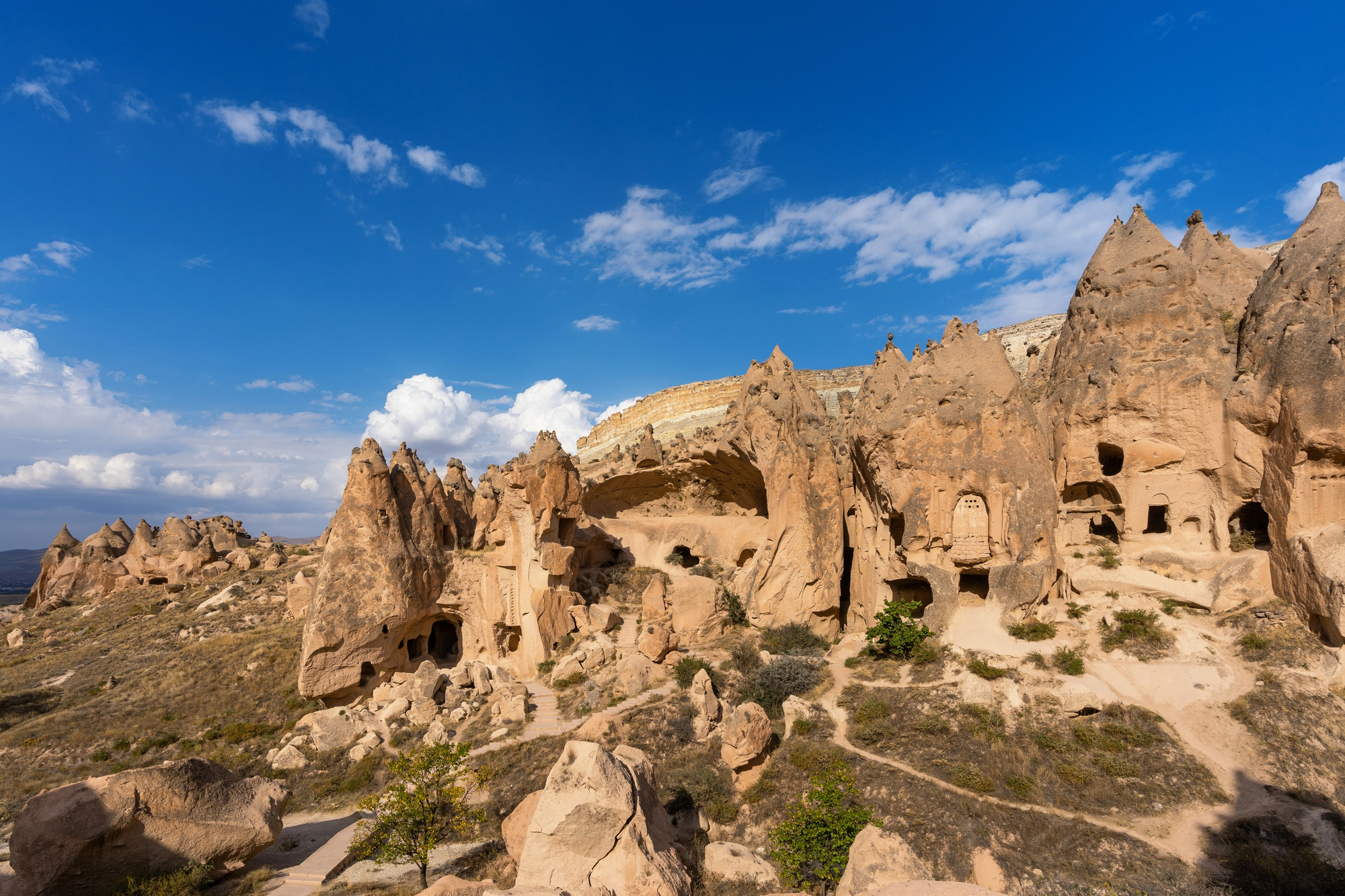History
Saudi Arabia has a rich history that dates back to ancient civilizations like the Dilmun and Lihyan
cultures, which left their mark on the Arabian Peninsula. The region was later influenced by the Nabataeans, who established trade routes and built cities like the impressive Madain Saleh. In the 7th century CE, Islam emerged in the Arabian Peninsula, and the Prophet Muhammad was born in Mecca. After the Prophet’s death, the Islamic caliphates spread across the region, and the Arabian Peninsula became a center of Islamic culture and learning.
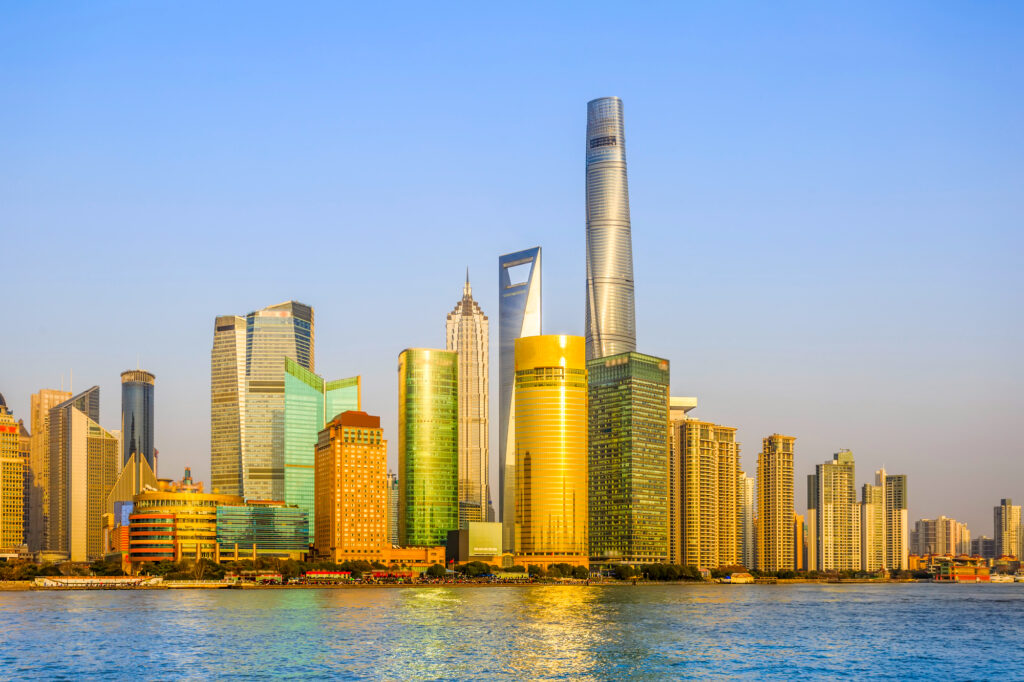
In the 18th century, the First Saudi State was established by Muhammad bin Saud and
the religious leader Muhammad ibn Abd al-Wahhab, laying the foundations for the modern Kingdom of
Saudi Arabia. The country as it is known today was founded in 1932 by King Abdulaziz Al Saud, who
united the various regions of the Arabian Peninsula under his rule.
Tourism Places
- Masjid al-Haram (The Great Mosque)

Mecca. Islam’s holiest site, the mosque encloses the Kaaba, a cubical structure believed built by Abraham and Ishmael. Non-Muslims cannot enter, but the surrounding area is vibrant and historic.
- Masjid an-Nabawi (The Prophet’s Mosque)
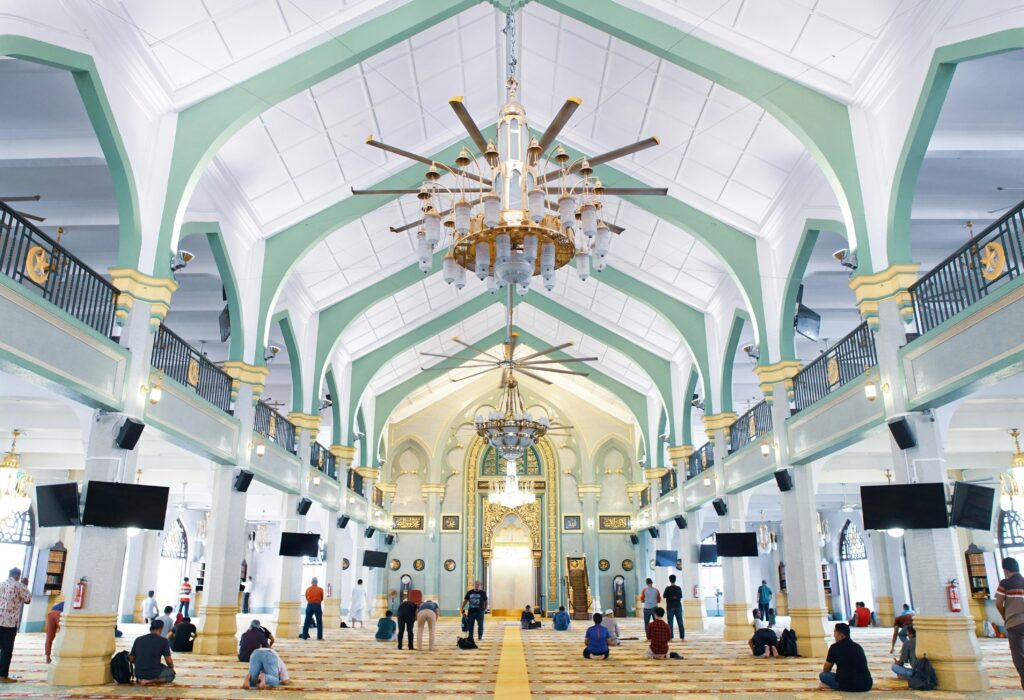
Medina. The second holiest site in Islam and the burial place of Prophet Muhammad. The mosque is a vast complex with a beautiful green dome, open to both Muslims and non-Muslims.
- Mada’in Saleh (Al-Ula)
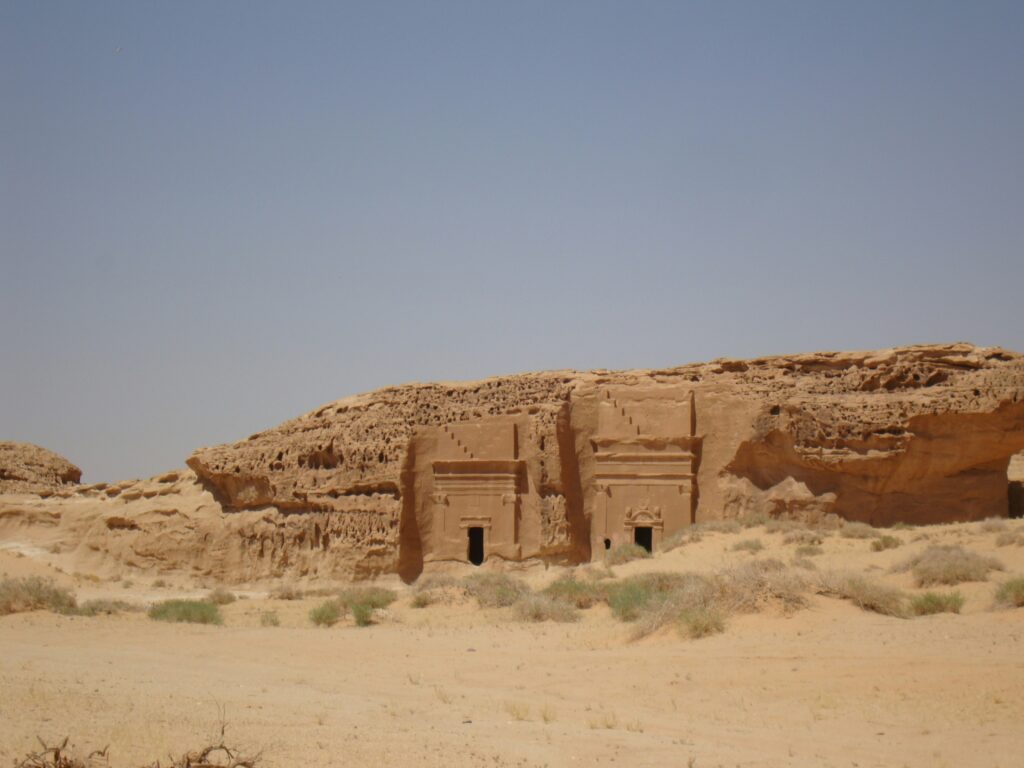
An ancient Nabataean city carved into rock, featuring impressive tombs and
monuments, designated a UNESCO World Heritage Site.
- Edge of the World
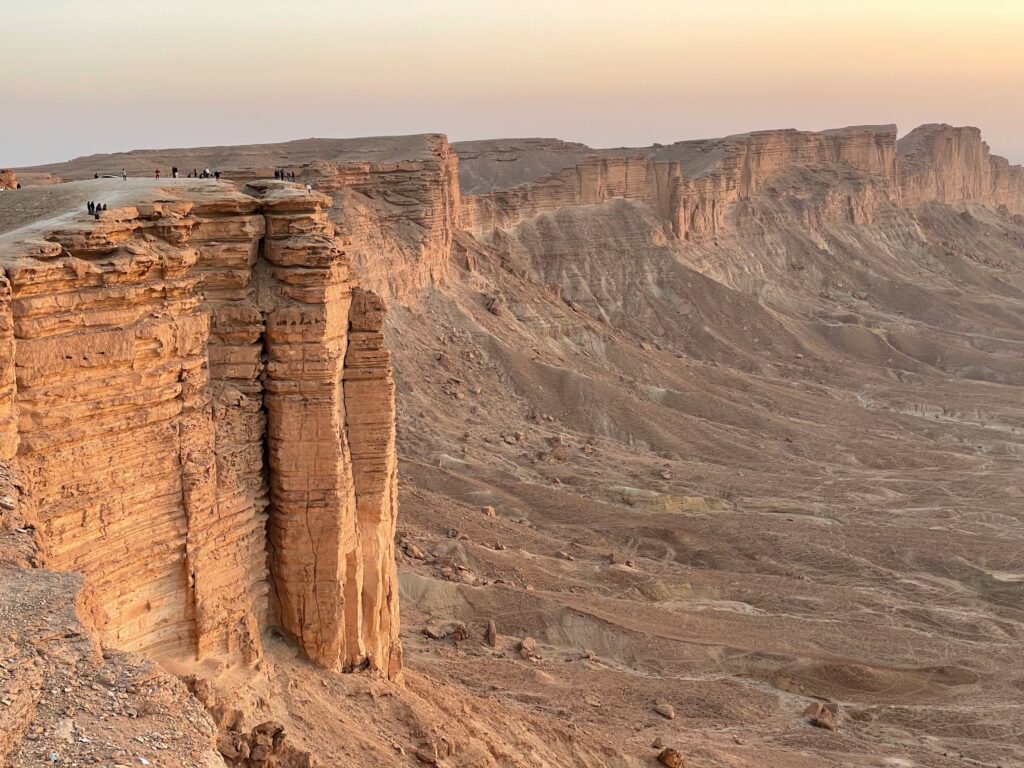
Dramatic escarpment northwest of Riyadh offering stunning desert plateau views. Hike, camp, or take an off-road adventure to experience the stark beauty.
- Al-Ahsa Oasis

A vast oasis with natural springs, date palm groves, and historical sites like the
Ibrahim Mosque and the Jawatha Mosque
- Jeddah

Vibrant and historic port city on the Red Sea coast. Known for its old town (AlBalad), a UNESCO World Heritage Site with traditional coral houses and bustling souks. Also offers modern attractions like the Waterfront and the KAEC high-rise complex.
- Diriyah

Former capital of the first Saudi state, located northwest of Riyadh. A UNESCO World
Heritage Site with restored mudbrick houses, historical ruins, and museums telling the story of the Saudi dynasty.
Culture
Saudi Arabia’s culture is deeply rooted in Islamic traditions and Bedouin heritage, with Sharia law governing many aspects of daily life. Arabic is the official language, and traditional dress, such as the thobe (ankle-length robe) for men and the abaya (long black cloak) for women, is widely worn. The country has a rich heritage in poetry, calligraphy, and traditional arts and crafts like weaving, pottery, and
metalwork. Cultural events like camel races, falconry exhibitions, and traditional dance performances celebrate Saudi heritage and traditions.
Gender segregation and strict rules regarding dress and behavior for
women are enforced in public spaces, reflecting the conservative Islamic values that shape Saudi society.


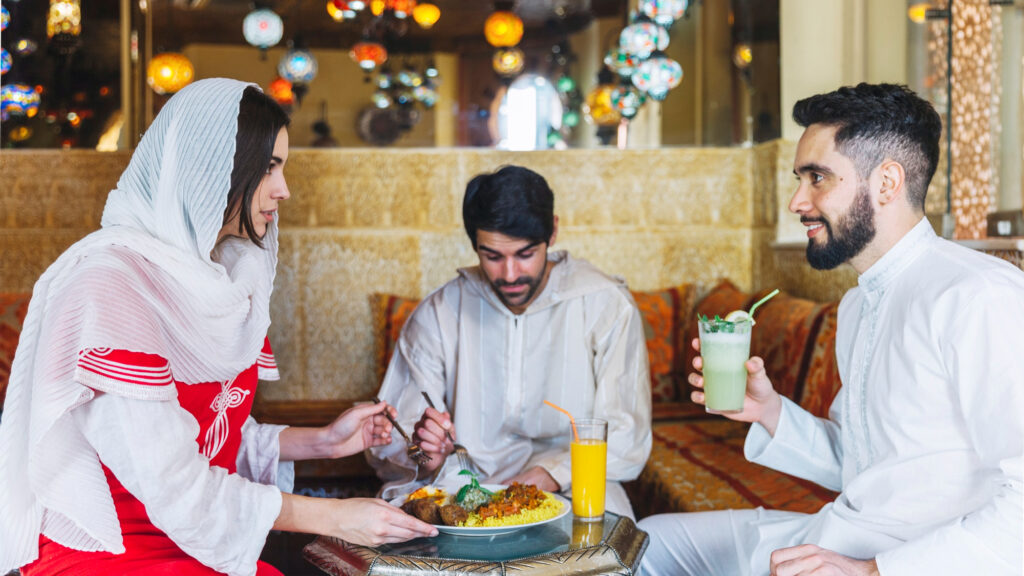
Cuisine
Saudi Arabian cuisine is influenced by Bedouin traditions and the desert environment, with a focus on hearty dishes and flavorful spices. Kabsa, a spiced rice dish with chicken or lamb, is considered the national dish and is often served with a tomato-based sauce. Jareesh, a dish made with crushed wheat, meat or vegetables, and spices like cinnamon and cardamom, is another staple. Matazeez, dumplings stuffed with meat or vegetables, are a popular dish, often served with a yogurt sauce. Shawarma, thinly sliced meat roasted on a spit, and falafel, deep-fried chickpea fritters, are common street foods.
Dates and Arabic coffee are integral parts of Saudi hospitality and culture, often served to guests as a symbol of welcome and generosity. Traditional sweets like kunafa, a cheese pastry soaked in syrup, and luqaimat, fried dumplings, are beloved desserts.
